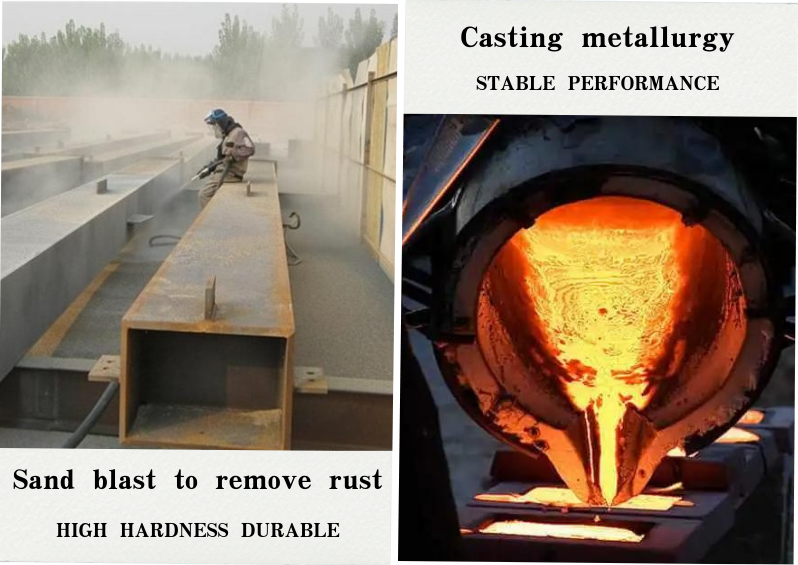
industrial activated carbon
The Role of Industrial Activated Carbon in Modern Applications
Activated carbon, often referred to as activated charcoal, has emerged as a crucial material in various industrial applications owing to its exceptional adsorption properties. Through a rigorous process of activation, carbon sources such as lignite, wood, and coconut shells are transformed into a porous material with a significantly expanded surface area. This unique structure allows activated carbon to effectively trap and remove a wide range of pollutants, making it an invaluable resource in numerous sectors.
One of the primary applications of industrial activated carbon is in the environmental remediation sector. Industries are increasingly using activated carbon to treat wastewater and flue gas emissions. The ability of activated carbon to adsorb volatile organic compounds (VOCs), heavy metals, and other hazardous materials helps mitigate environmental pollution. Furthermore, due to stricter regulations regarding air and water quality, the demand for effective filtration technologies is at an all-time high, making activated carbon a preferred choice.
In the water treatment industry, activated carbon plays a pivotal role in the removal of contaminants. Water purification systems utilize activated carbon filters to ensure that drinking water is free from chlorine, sediment, and other harmful substances. The process of adsorption enables activated carbon to bind with these impurities, ensuring clean and safe drinking water. Additionally, activated carbon is used in aquaculture to maintain the health of aquatic species by removing toxic substances from water.
Furthermore, the healthcare sector also benefits from the unique properties of activated carbon. It is widely used in medical applications, particularly in poisoning treatments and drug overdoses. Activated carbon’s ability to adsorb toxins and prevent their absorption in the gastrointestinal tract can be lifesaving in emergency situations. Additionally, activated carbon is also used in air filtration systems in hospitals and clinics to maintain a sterile environment, which is especially crucial in controlling the spread of infections.
industrial activated carbon

In the food and beverage industry, activated carbon is employed for decolorization and purification processes. It is used to remove unwanted flavors, colors, and other impurities from liquids, thereby enhancing the overall quality and safety of food products. Whether used in the production of sugar, alcohol, or other beverages, activated carbon ensures that the final products are of the highest quality.
The industrial application of activated carbon extends to the automotive sector as well. Activated carbon is utilized in vehicle cabin air filters, which help to trap pollutants, allergens, and unpleasant odors from the outside environment. By improving air quality within vehicles, activated carbon enhances the overall driving experience and contributes to better health for passengers.
The advantages of using industrial activated carbon are numerous, yet its effectiveness depends on various factors, including the type of carbon used, the method of activation, and the specific application. Manufacturers are constantly innovating to develop specialized types of activated carbon tailored for particular industries and applications. For instance, impregnated activated carbon is designed to remove specific contaminants, like hydrogen sulfide from gas streams, thereby expanding its usability in a myriad of conditions.
As industries continue to prioritize sustainability and environmental responsibility, the demand for activated carbon is set to rise. Its versatility and effectiveness in pollution control, water treatment, healthcare, and food safety position it as an essential material in modern industrial practices. With ongoing research and technological advancements, the future of industrial activated carbon holds promising potential, ensuring it remains a key player in addressing global environmental challenges.
In summary, industrial activated carbon is a vital component in various sectors, particularly due to its remarkable adsorption capabilities. As challenges related to pollution and environmental degradation become more pressing, the role of activated carbon in helping to mitigate these issues cannot be overstated. Its adaptability across diverse applications makes it not only a practical solution but also a critical resource for a sustainable future.
Share
-
Premium Kaolin Powder | High-Purity Mineral SolutionNewsAug.05,2025
-
Premium Glass Sand Solutions | High Purity SupplyNewsAug.03,2025
-
Natural Premium Bentonite Cat Litter - Superior ClumpingNewsJul.31,2025
-
Premium Resin Coated Sand - High Heat Resistance CastingNewsJul.31,2025
-
High Quality Silicon Carbide Grit for Abrasive ApplicationsNewsJul.30,2025
-
High-Quality Ceramsite for Plants & Gardening | Lightweight PebblesNewsJul.29,2025






